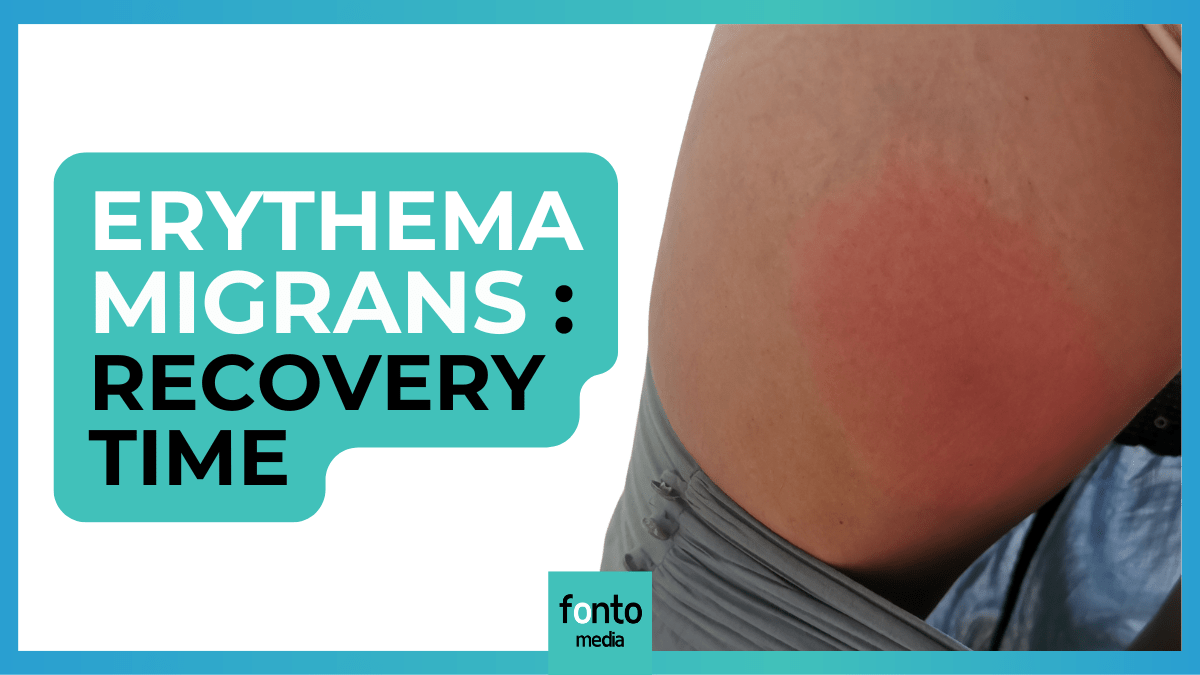
The stress cycle, or stress response system, is triggered by a stressor that activates the sympathetic nervous system, causing a fight, flight, or freeze response to help you survive the threat. In fight mode, you may respond to the stressor with aggression or a challenge to fight off the threat, whereas in flight mode you may flee the situation or delay a response. In freeze mode, you may feel helpless, have difficulty functioning, and shut down in response to the stressor. This first stage is known as the alarm stage.
The stress response system begins a cascade of protective physiological responses that prepare you to fight or flee. The amygdala sends a signal to the hypothalamus, which tells the adrenal glands to release epinephrine (adrenaline) and norepinephrine into the bloodstream, which increase heart rate, blood pressure, respiration, and increased alertness. This is then followed by a neuroendocrine response to promote survival in which the hypothalamus and HPA axis release corticotropin-releasing hormone (CRH) and cortisol from the adrenal cortex.
Within 15 minutes of the onset of stress, cortisol levels rise systemically and remain elevated for several hours. Cortisol surges during the stress response to provide energy to cope with and respond to the stressor.
A stress-induced increase in cortisol is adaptive and helpful in the short term when responding to an acute stressor. However, excessive or prolonged cortisol secretion, due to chronic stress in which the stress cycle is not completed, can have crippling effects on you physically and psychologically. Once the threat has passed, it is essential that the parasympathetic nervous system puts the brakes on and lessens the stress response, helping the body return to homeostasis.
How Exercise Can Help Complete the Stress Cycle
Exercise can help you complete the stress response cycle and help your body return to homeostasis and the parasympathetic state. Exercise is one of the best ways to complete the stress response cycle by engaging your body in movement, which communicates to your body that you are fleeing or surviving the threat of the stressor. Aerobic exercises, like walking, jogging, swimming, cycling, or dancing, are the fastest way to get the stress-busting benefits of exercise as aerobic exercise elevates your heart rate and release endorphins.
Benefits of exercise for stress relief include:
-
Exercise helps you decrease your reactive response to stress over time by mimicking the physical effects of the stress response (rapid heartbeat and sweating), which can reduce your sensitivity to actual stressful events and help you cope with stressors more easily.
-
Exercise can boost your mood by increasing your endorphins, where are feel-good neurotransmitters. Exercise can increase your self-confidence, help you relax, improve sleep, and lower symptoms of mild depression or anxiety.
-
Exercise can reduce the negative effects of stress by improving your cardiovascular capacity and your digestive and immune systems. Exercise also strengthens your bones and muscles and improves blood circulation for better overall health.
-
Exercise reduces levels of the body’s stress hormones (adrenaline and cortisol).
-
Exercise can also be “meditation in motion,” helping you take your focus off the stressor and focus on the rhythm of your movement and being present in the moment, rather than ruminate over the stressor.
Engaging in regular exercise helps your body complete the stress cycle. Not completing the stress cycle can prime the body for and increase sensitivity to additional stressors later on, causing you to stay in a hyper-aware state chronically and ultimately leading to burnout. A regular exercise program can help your body process stressors and return your body to a state of calm and rest.





![Completing the Stress Cycle with Exercise [Infographic]-Mangiarelli Rehabilitation Completing the Stress Cycle with Exercise [Infographic]-Mangiarelli Rehabilitation](https://imd369.com/wp-content/uploads/2025/08/BlogStressExerciseInfogr.png)



